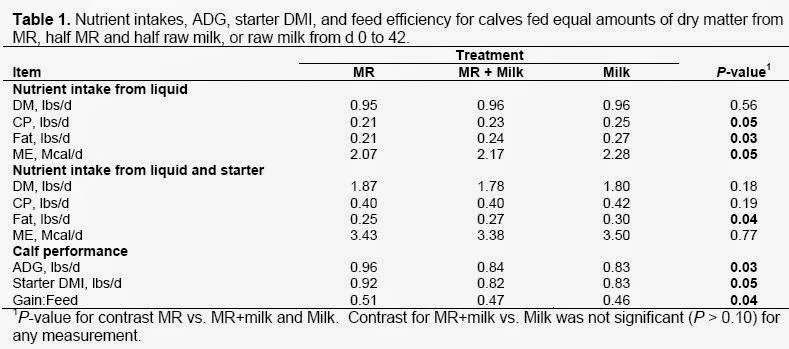Vitamin D and osteoporosis:
It is estimated that over 25 million adults in the United States have, or are at risk of developing, osteoporosis. Osteoporosis is a disease characterized by fragile bones, and it significantly increases the risk of bone fractures. Osteoporosis is most often associated with inadequate calcium intake. However, a deficiency of vitamin D also contributes to osteoporosis by reducing calcium absorption. While rickets and osteomalacia are extreme examples of vitamin D deficiency, osteopororsis is an example of a long-term effect of vitamin D insufficiency. Adequate storage levels of vitamin D help keep bones strong and may help prevent osteoporosis in older adults, in non-ambulatory individuals (those who have difficulty walking and exercising), in post-menopausal women, and in individuals on chronic steroid therapy.Researchers know that normal bone is constantly being remodeled, a process that describes the breakdown and rebuilding of bone. During menopause, the balance between these two systems changes, resulting in more bone being broken down or resorbed than rebuilt. Hormone therapy (HT) with sex hormones such as estrogen and progesterone may delay the onset of osteoporosis. However, some medical groups and professional societies such as the American College of Obstetricians and Gynecologists, The North American Menopause Society, and The American Society for Bone and Mineral Research recommend that postmenopausal women consider using other agents to slow or stop bone-resorption because of the potential adverse health effects of HT.
Vitamin D deficiency, which is often seen in post-menopausal women and older Americans, has been associated with greater incidence of hip fractures. In a review of women with osteoporosis hospitalized for hip fractures, 50 percent were found to have signs of vitamin D deficiency. Daily supplementation with 20 μg (800 IU) of vitamin D may reduce the risk of osteoporotic fractures in elderly populations with low blood levels of vitamin D. The Decalyos II study examined the effect of combined calcium and vitamin D supplementation in a group of elderly women who were able to walk indoors with a cane or walker. The women were studied for two years, and results suggested that such supplementation could reduce the risk of hip fractures in this population.
All women are encouraged to consult with a physician about their need for vitamin D supplementation as part of an overall plan to prevent and/or treat osteoporosis.
Vitamin D and cancer:
Laboratory, animal, and epidemiologic evidence suggests that vitamin D may be protective against some cancers. Epidemiologic studies suggest that a higher dietary intake of calcium and vitamin D, and/or sunlight-induced vitamin D synthesis, correlates with lower incidence of cancer. In fact, for over 60 years researchers have observed an inverse association between sun exposure and cancer mortality. The inverse relationship between higher vitamin D levels in blood and lower cancer risk in humans is best documented for colon and colorectal cancers. Vitamin D emerged as a protective factor in a study of over 3,000 adults (96% of whom were men) who underwent a colonoscopy between 1994 and 1997 to look for polyps or lesions in the colon. About 10% of the group was found to have at least one advanced neoplastic (cancerous) lesion in the colon. There was a significantly lower risk of advanced cancerous lesions among those with the highest vitamin D intake.Additional well-designed clinical trials need to be conducted to determine whether vitamin D deficiency increases cancer risk, or if an increased intake of vitamin D is protective against some cancers. Until such trials are conducted, it is premature to advise anyone to take vitamin D supplements for cancer prevention.










